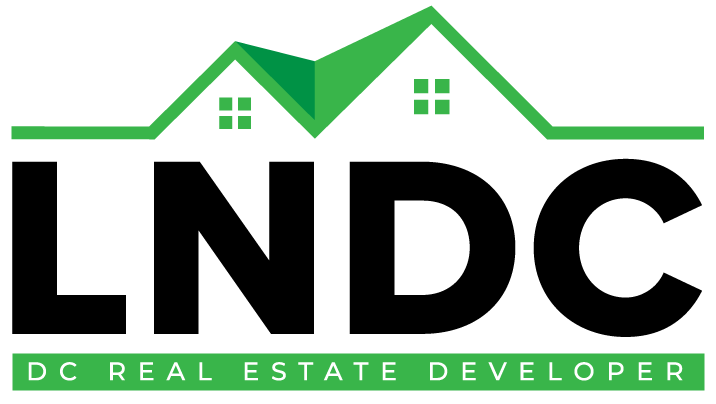How Long Does It Take to Develop a Real Estate Project?
When it comes to real estate, one of the most common questions asked is: How long does it take to develop a real estate project? It’s a fair question because developing a property is not an overnight process. In fact, the timeline can vary significantly based on factors such as project size, location, and market conditions.
In this article, we’ll dive into the stages of real estate development and how long each phase typically takes. While there’s no one-size-fits-all answer, understanding the process can give you a good idea of what to expect.
The Initial Planning Phase (3-12 Months)
The first phase of developing a real estate project is all about planning. Before a single brick is laid or a piece of land is excavated, a lot of behind-the-scenes work must happen. This phase involves researching the market, identifying the right property, and determining the type of development you want to pursue.
Site Selection and Feasibility Studies: Finding the right location is crucial to the success of any project. You’ll need to conduct feasibility studies, which assess whether the project is financially and practically viable. This can take anywhere from a few weeks to several months. For more information on the importance of location, check out this guide on LNDC’s properties on market.
Acquiring Permits and Zoning Approval: Once a location has been selected, the next step is securing the necessary permits and zoning approvals. This part of the process can take several months, depending on local regulations and government processes.
Key Takeaway: Planning is everything in real estate development, and rushing this phase can lead to costly mistakes later on.
Design and Pre-Construction (6-18 Months)
After the planning phase, you move into the design and pre-construction phase. This is where architects, engineers, and contractors come together to create a blueprint for the project. This phase is about turning the vision into something tangible.
Architectural Design and Engineering Plans: Designing the structure and ensuring it meets all the necessary building codes and regulations is a time-consuming process. Expect this to take several months as architects work through multiple revisions.
Bidding and Contractor Selection: Once the designs are finalized, it’s time to find the right contractors to bring the project to life. This involves getting bids from various contractors, negotiating contracts, and ensuring that the team has the expertise to handle the scale of the development.
Looking for upcoming properties can give you a sense of how developments are planned and executed from start to finish.
Key Takeaway: The design and pre-construction phase requires attention to detail, as this is where your ideas begin to take shape.
Construction Phase (12-36 Months)
This is the part everyone gets excited about: the actual construction of the real estate project! Depending on the size and complexity of the project, this phase can last anywhere from a year to several years.
Breaking Ground: This is when the heavy machinery moves in and the actual physical construction begins. Whether it’s a residential project or a commercial one, this phase involves laying the foundation, building the structure, and completing the exterior and interior work.
Dealing with Delays: Construction rarely goes exactly as planned. Weather, supply chain issues, and labor shortages can all slow down progress. It’s important to factor these potential delays into the timeline when planning your project.
Final Inspections and Approvals: Once the building is complete, a series of inspections and approvals must be passed before the project is considered finished. These inspections ensure that the building meets all safety codes and regulations.
Explore LNDC’s homepage for more insight into projects currently under development, including timelines and expected completion dates.
Key Takeaway: Construction is often the longest phase of real estate development, but patience and careful planning pay off.
Post-Construction and Marketing (3-12 Months)
Once the dust has settled and construction is complete, the final phase is post-construction and marketing. This phase includes final inspections, putting the property on the market, and closing deals with buyers or tenants.
Final Touches and Inspections: Even after construction is complete, there may be some finishing touches that need to be made. Additionally, you’ll need to pass final inspections to ensure everything is up to code.
Marketing and Selling: If the project is a residential or commercial property, this is the time to start marketing it. The process of selling or leasing the property can take anywhere from a few months to over a year, depending on market conditions.
To see properties already on the market, visit LNDC’s properties and learn more about the process of bringing projects to market.
Key Takeaway: The final phase is where the real work pays off, as you transition from construction to selling or leasing.
Wrapping It All Up
So, how long does it take to develop a real estate project? On average, it can take anywhere from 2 to 5 years to fully develop a real estate project, from planning to post-construction. The timeline varies depending on the size of the project, location, and any unforeseen delays. Understanding the process and each phase can help you navigate the journey more smoothly.
If you’re considering embarking on a real estate development project, why not reach out to professionals who can guide you through the process? Contact LNDC today to discuss how they can help you bring your project to life!
Quick Recap:
- Initial Planning: 3-12 months
- Design & Pre-Construction: 6-18 months
- Construction: 12-36 months
- Post-Construction & Marketing: 3-12 months


